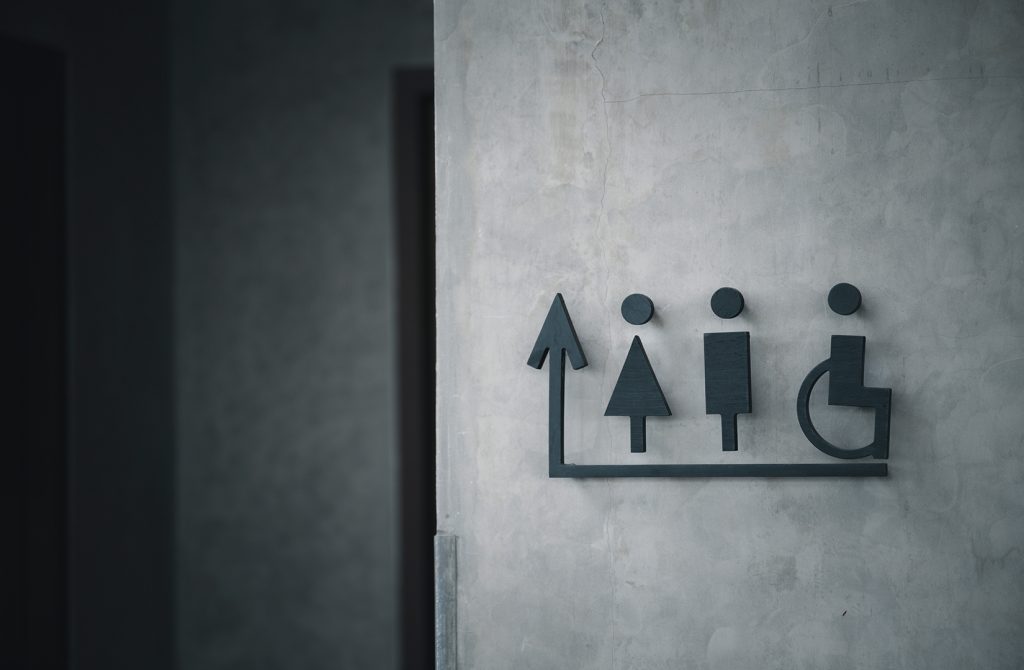Creating truly inclusive pool facilities involves more than just ensuring accessible entry points to the water. It extends to every aspect of the aquatic experience, including changing rooms. Accessible changing rooms play a pivotal role in fostering an environment where individuals of all abilities can enjoy the benefits of swimming and aquatic activities.
Key considerations and best practices for designing accessible changing rooms include:
Spacious Design and Layout
Accessible changing rooms should prioritise spacious design to accommodate individuals using mobility aids or those who require assistance from a carer. A layout that allows for easy maneuverability and clear pathways ensures that everyone can navigate the space comfortably.
Adjustable and Supportive Furniture
Incorporating adjustable adult change tables, benches and seating options is essential. These features cater to individuals with different mobility needs, providing a comfortable and supportive area for changing. Installing sturdy grab bars near benches offers additional support.
Private Changing Areas
Privacy is a crucial consideration for individuals with diverse needs. Design accessible changing rooms with private cubicles or areas to ensure that users have the option to change in a discreet and comfortable environment.
Visual and Tactile Signage
Clear signage is paramount. Use visual and tactile elements to guide individuals with visual or cognitive impairments. Braille signage and high-contrast text contribute to a more universally accessible environment.
Accessible Showers
Design showers that are easily accessible for individuals with mobility challenges. Consider incorporating handheld showerheads and adjustable-height fixtures to accommodate users of varying heights and abilities. Ceiling tracks and hoists can also greatly assist the transition from shower to change tables with dignity in mind.
Proximity to Pool Entry Points
Position accessible changing rooms in close proximity to pool entry points. This strategic placement ensures that individuals with disabilities do not face unnecessary barriers when transitioning from changing to the pool area.
Designing accessible changing rooms is a fundamental aspect of creating an inclusive pool environment. By prioritising space, privacy, and features that cater to a variety of needs, your pool facilities can ensure that every individual, regardless of ability, can enjoy the benefits of aquatic activities. Accessible changing rooms not only meet regulatory standards but also contribute to a culture of inclusivity and equal access for all.


